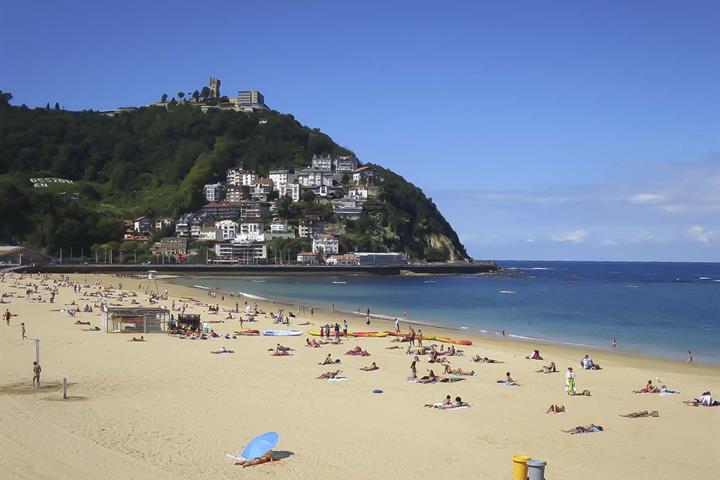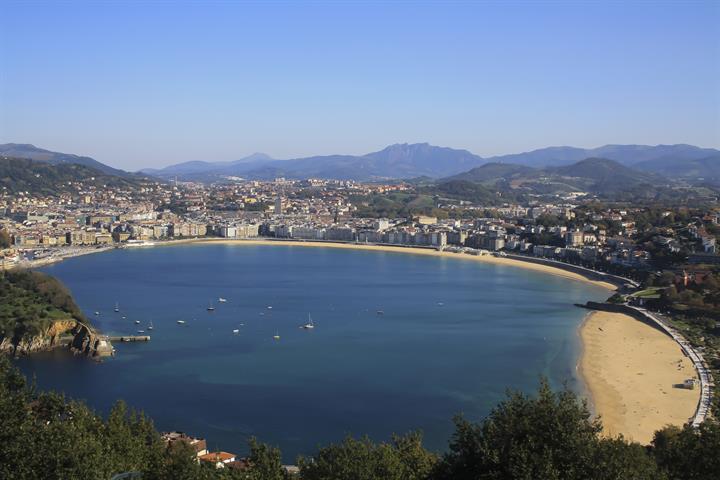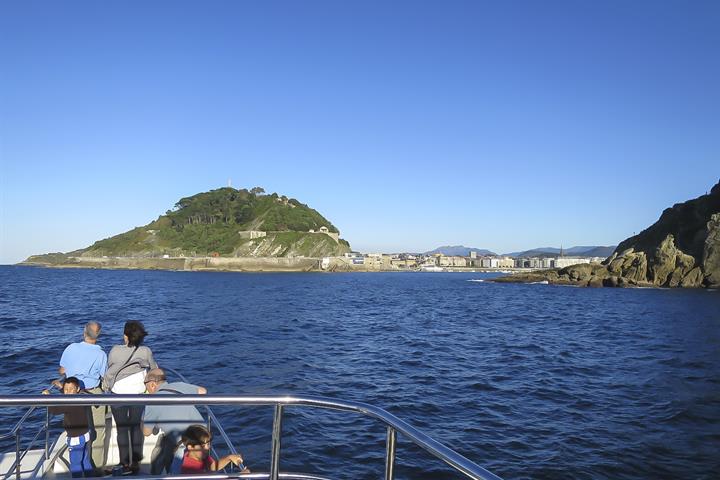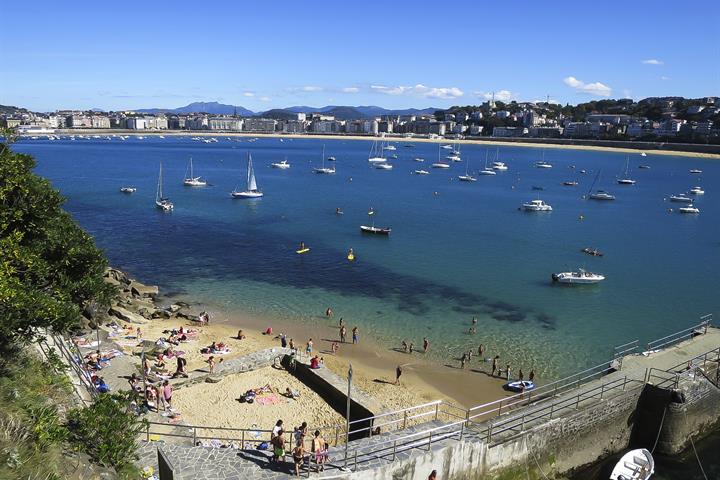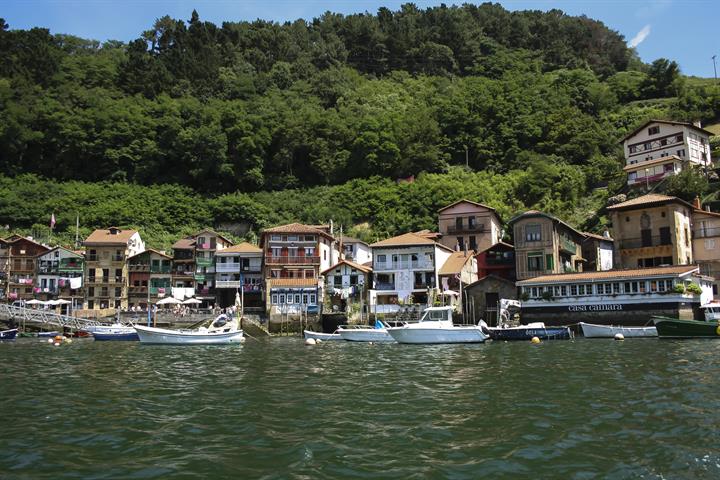Guipúzcoa travel information and video
Holiday information, facts, photos and video about Guipúzcoa
Featured holiday homes in Spain
Things to do while you are here
Exciting places to visit in Guipúzcoa
Reviews for Guipúzcoa
Average overall ratings - Based on 12 reviews.
City
Coast
| City: | |
| Coast: |
Submitted by: Gary & Jane Boyes
29. Dec 2018
This review is in English
This review is in English
Report abuse
You found this abusive
| City: | |
| Coast: |
Submitted by: Mikael Soderstrom
28. Jun 2018
This review is in English
This review is in English
Report abuse
You found this abusive
| City: | |
| Coast: |
Submitted by: Vladimir Mailis
22. Nov 2016
This review is in English
This review is in English
Report abuse
You found this abusive
| City: | |
| Coast: |
Submitted by: Line Frantzen Lie
8. Oct 2015
This review is in English
This review is in English
Report abuse
You found this abusive
| City: | |
| Coast: |
Submitted by: Sylwester Galkowski
4. May 2015
This review is in English
This review is in English
Report abuse
You found this abusive
